The tsetse fly is a member of the genus Glossina. This blood-sucking fly is indigenous to the equatorial area of Africa.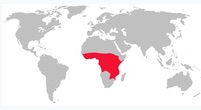
There are about 30 known species and subspecies of tsetse files, but only nine belong to subspecies of G. palpalisor G. morsitans; the only ones known to transmit sleeping sickness. The flies are mostly found in shaded places in 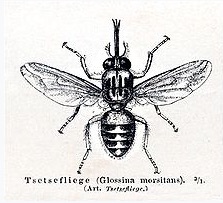 forested areas as well as close to collections of water, including rivers and lakes. The flies are usually 10-15 mm but can sometimes be almost twice that.
forested areas as well as close to collections of water, including rivers and lakes. The flies are usually 10-15 mm but can sometimes be almost twice that.
There is very little written about the skin reaction to a tsetse fly bite. The reaction is generally described as a red sore and is often called a chancre (this term refers to a firm, ulcerated inflammatory nodule and is generally used to describe the primary lesion of syphilis). Sometimes the skin ulcerates and a few people develop a skin rash. There is no modern medical literature about the microscopic pathology of the skin changes after a tsetse fly bite. In mice, dilated blood vessels and marked edema are the most prominent finding, with ulceration subsequently developing.
Case report:
A 73 year old, healthy male pathologist, traveling in the Serengeti, Tanzania, in August, 2012, was repeatedly bitten by tsetse flies, identified by the safari guides, and occurring almost exclusively at both ankles. The skin was never exposed and all bites were through his socks, despite liberal use of an insecticide on the skin, the socks, and the pants cuffs. Initially there was pruritus (itching), erythema (redness); 8 days later severe swelling developed with subsequent scabbing and, at day 10, the skin was blistered and ulcerated. See images below. Healing was still in progress at four weeks. There were no long-term effects but the skin remained mildly indurated (firm) and dry for approximately 6 months; when this gradually receded there was no evidence of the bites.
His travel companions, including another male and four females, one an 8 year old, had either no reaction to bites or, in a 74 year old woman, only transient, mild pruritus, erythema and swelling; none of them had a similarly severe reaction.
On the airplane ride from Nairobi to Amsterdam he experienced sudden onset of shaking chills, without fever or headache, after which he slept for approximately six hours. He woke feeling fine and had no other effects. He never experienced fever, headaches, irritability, fatigue, aching muscles and joints or enlarged lymph nodes (lymphadenopathy), all of which occur in the early stages of sleeping sickness.
Past medical history is not contributory. Specifically, he has a few allergies (shellfish, penicillin) but never had a significant reaction to mosquito or bee bites.
Images: Top: Day 2, Middle: Day 14-16, Bottom: Day 30
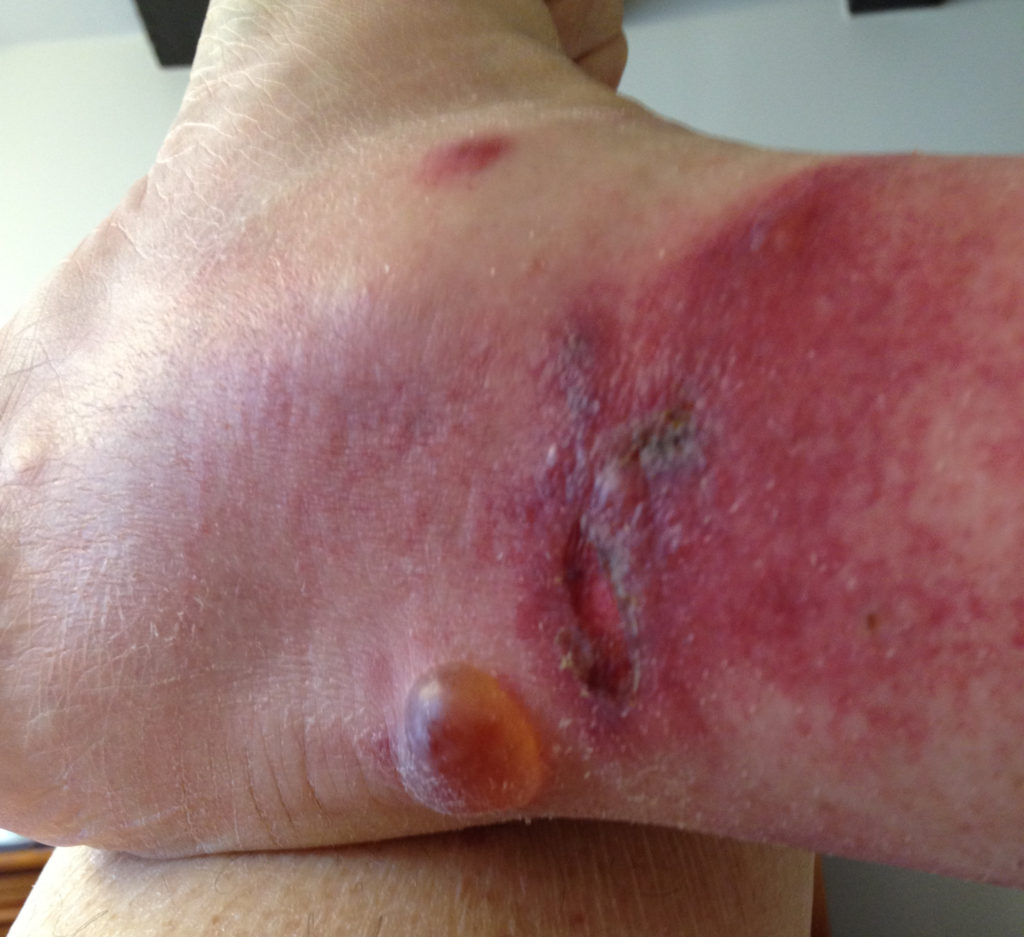
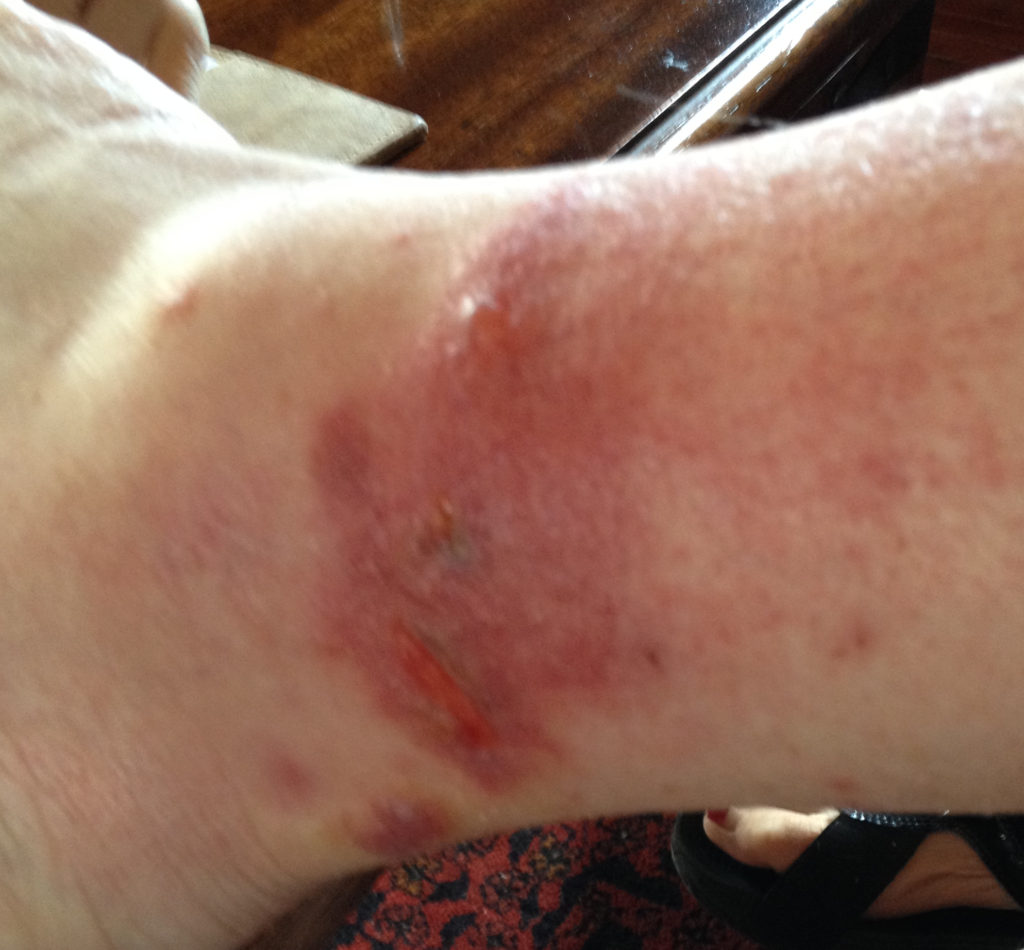
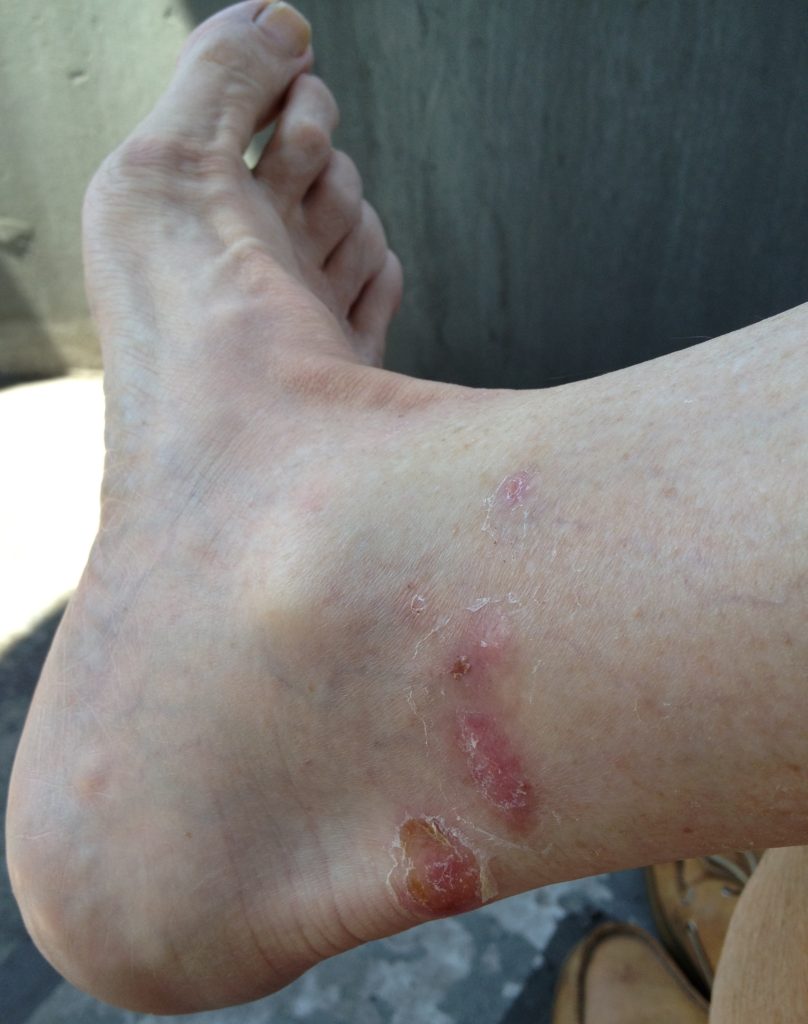
The skin reaction to the tsetse fly bites was remarkable and not completely understandable since a similar reaction did not occur when others in the group were bitten. Also interesting is the fact that the tsetse flies seemed to be mostly, but not entirely, attracted to the older members of the group. The others experienced a few bites, but without a significant reaction.
The shaking chills also remain unexplained. Could they be a manifestation of a sudden parasitemia (great increase in numbers of parasites in the blood stream) which were cleared by inflammatory cells and immune reactants? Or could the chills have been from an acute encephalitis (inflammation of the brain, typical of early sleeping sickness but typically progressive) which was cleared by natural defenses. Discussions of these events with an infectious disease specialist did not resolve the questions and there were no subsequent studies in the complete absence of any evidence of persistent illness.
July 12, 2019 at 12:48 am
phermones are prevalent in pathologist,or maybe it’s the residual formaldehyde
July 12, 2019 at 2:52 pm
Herb, you may be right. I have always suspected that the near-toxic levels of formalin I inhaled as a resident were good for me.
July 12, 2019 at 1:26 pm
fascinating tale, and i regret having nothing useful to explain why only one of a group should have had this experience. I wonder how many other examples there might be for greater vulnerability among the elderly to a bite/ infection….i wonder if the application of the bite-prevention creams was limited to the victim…..
i’m glad you will be here to celebrate an 80th birthday next month
July 12, 2019 at 2:56 pm
Milton,
Thank you for commenting. I don’t know of any data about susceptibility to bites by elder people. I don’t seem to be especially favored by mosquitos (although my mother, even, when she was young, thought mosquitos sought her out). Also appreciate the birthday mention but that is long since gone; I am an April baby …
July 12, 2019 at 3:16 pm
A very interesting story. The local unusually strong reaction could it be caused by a secondary infection? Was this sickness treated also by conventional drugs to treat African trypanosomiasis?
In any case, let me wish you to approaching jubilee good health, happiness and well-being.
We look forward to further interesting stories.
J & O & family
July 13, 2019 at 7:26 am
After the long sleep on the airplane I felt excellent. No treatment needed.
July 12, 2019 at 9:52 pm
Is there any chance that this pathologist has a brother who is just finding out about this incident for the first time?
July 13, 2019 at 7:24 am
It is possible.
July 15, 2019 at 10:00 pm
2012! That’s a relief. I got googling and found this:
“Wear neutral-colored clothing. The tsetse fly is attracted to bright colors, very dark colors, metallic fabric, and the color blue.”
Just wondering if that had anything to do with it.
Fascinating case report with a happy ending.
July 17, 2019 at 5:07 pm
Thank you. We did that but, at least for me, it didn’t help.